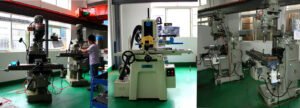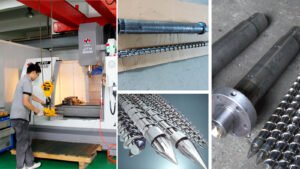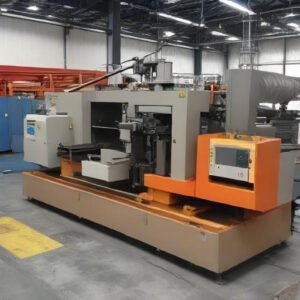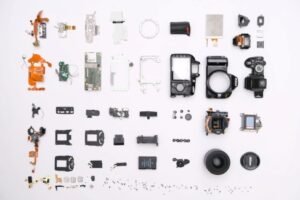Contents
What is Medical Device Injection Molding
Why is Injection Molding Used to Produce Medical Devices?
What to Consider When Creating a Medical Device Injection Molding Production Line
Materials for Producing Medical Devices
Why You Need the Best Plastic Injection Molds to Get Started
What is Medical Device Injection Molding
Injection molding as a production method is a popular choice for medical device manufacturers, owing to the fact that injection molding enables them to easily scale up production to match high-volume orders. Let’s dive into the world of medical device injection molding and how it can potentially bring you millions of dollars in profit.
What is Injection Molding?
Injection molding is a more recent cousin of compression molding, an age-old method of production used in manufacturing plants around the world. In injection molding, engineers inject molten materials, which can either be resins or thermoplastic materials, into a mold that shares the same specifications as the finished products. The materials will gradually fill the mold to take on its shape.
Afterward, the engineers run coolants under the mold to cool down the mixture rapidly, solidifying it in the process. Once the molten materials become solid again, they will take on the shape of the mold, becoming a functional product. The process is then repeated until the manufacturing plant has enough products for the order.
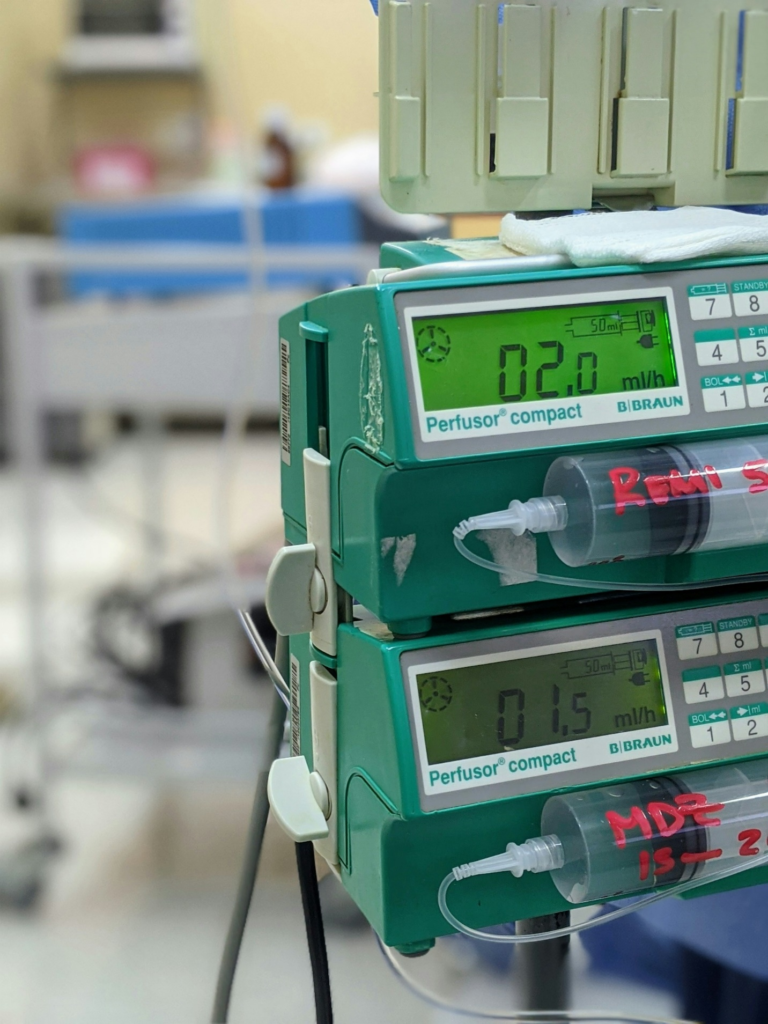
Why is Injection Molding Used to Produce Medical Devices?
Injection molding is a highly automated and scalable process. You don’t need a lot of employees to operate a production line using injection molding, as most of the processes are already automated. Thus, you can easily keep the operation costs at a minimum. The injection molding process is also highly scalable, which means you can easily take on high-volume orders.
The medical industry is growing at an exponential rate, with experts expecting the industry to reach a revenue of $182 billion. There is a really high demand for medical devices and medical parts, owing to the fact that a healthcare system needs these devices to work properly. This presents a wonderful opportunity for manufacturers to step up their game and fill in this gap, and injection molding is the perfect tool to help you with that.
The final reason is that injection molding features extremely high accuracy and efficiency compared to other production methods. This allows it to manufacture medical devices en masse without compromising the quality as well as the specifications of the products. It will also make it easier to pass FDA regulations.
What to Consider When Creating a Medical Device Injection Molding Production Line
Medical devices are lifesaving items, so there are very strict regulatory requirements relating to them. This is understandable because if medical devices have defects, the chance of accidental infections will rise, endangering the patients.
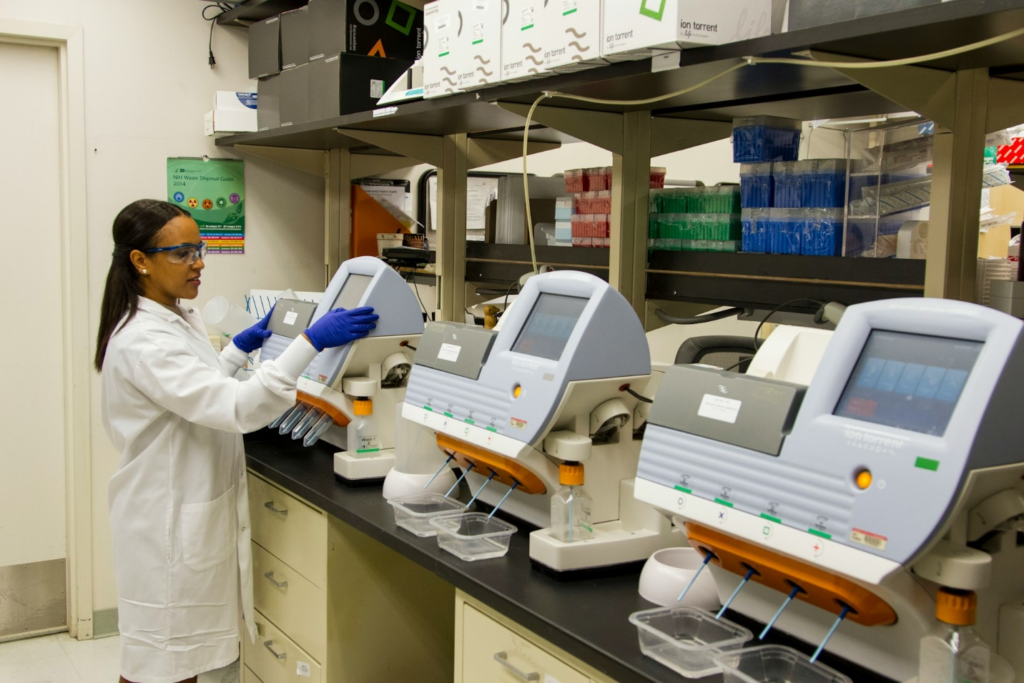
FDA Requirements
The FDA requirements are among the most common requirements in medical device manufacturing. These requirements deal with the materials as well as the dimensions and specifications of the medical devices. To ensure that your orders can be imported into the US, your medical devices will have to be compliant with these requirements.
ISO Compliance
ISO standards should also be on top of your list as well. Compliance with the ISO 13485:2016 standards is a huge stamp of approval that will quickly establish the customers’ trust in your business. Thus, you should also make sure that your finished products comply with these ISO standards.
Materials for Producing Medical Devices
There is a wide range of materials that can be used to make medical devices, most of which are thermoplastic materials. Some of the most common choices are polypropylene, polyethylene, polystyrene, and silicone.
Polypropylene (PP)
PP is a thermoplastic material that is used in pretty much all industries around the world. It features reliable toughness and flexibility, which enable it to be used widely across industries. The material also has the lowest density amongst all thermoplastic materials, so it can be used to make parts of lower weight. In the medical device industry, PP is used to make beakers and test tubes.
Polyethylene (PE)
The staple of the industry, polyethylene is the most commonly produced group of thermoplastic materials. It boasts a very diverse range of properties, but most materials within the group feature strong chemical resistance as well as water resistance. PEs are also excellent electrical insulators as well. In the medical device industry, PE materials are used to make prosthetic parts as well as joints.
Polystyrene (PS)
Polystyrene is an inexpensive thermoplastic material that features a glassy transparent surface and brittle structure. It has almost no elasticity, but high impact resistance. Thus, in the medical devices industry, PS is commonly used to make containers and transparent boxes.
Silicone
Silicone is a top-notch material when it comes to flexibility and durability. As one of the most flexible thermoplastic materials around, silicone can be used to make silicone bands or even liquid care gels in the medical device industry. It is also used in tubes for feeding and drainage, catheters, and other devices that go inside the human body. Because silicone is unlikely to cause allergic reactions, it is a very popular choice in the medical device industry.
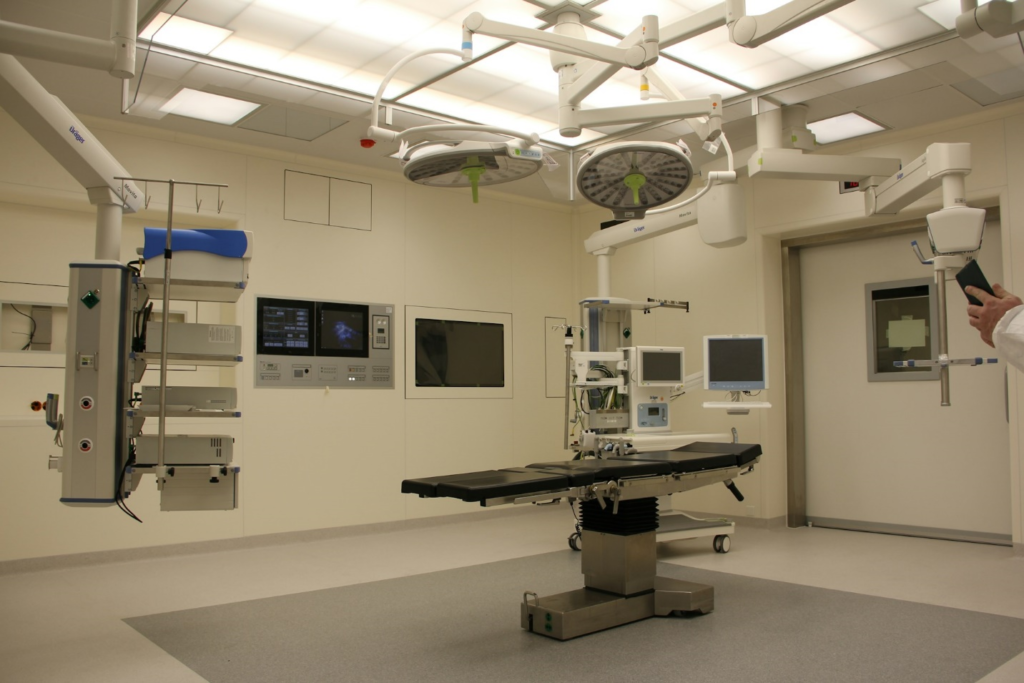
Why You Need the Best Plastic Injection Molds to Get Started
The key to starting a successful injection molding business in the medical device industry is to get the best mold for your needs. The mold is extremely important to the entire production line, so you need to get it right in one go. Thus, only experts such as Kuixing should provide you with the right plastic injection molds to get started. If you need custom molds for custom orders, we also have that capability as well. Contact us now for more details!
Injection molding is used extensively in manufacturing medical devices, as it is a highly scalable process with impressive accuracy and efficiency. Because there are plenty of stringent requirements as well as regulations you need to comply with when it comes to manufacturing medical devices, you will have to pay extra attention to the materials you use in the medical device injection molding process.
If you need high-quality plastic injection molds, Kuixing offers all the molds you need to get started with medical device injection molding. For custom parts that do not have pre-set molds, don’t hesitate to contact us for more details!
Reference:
